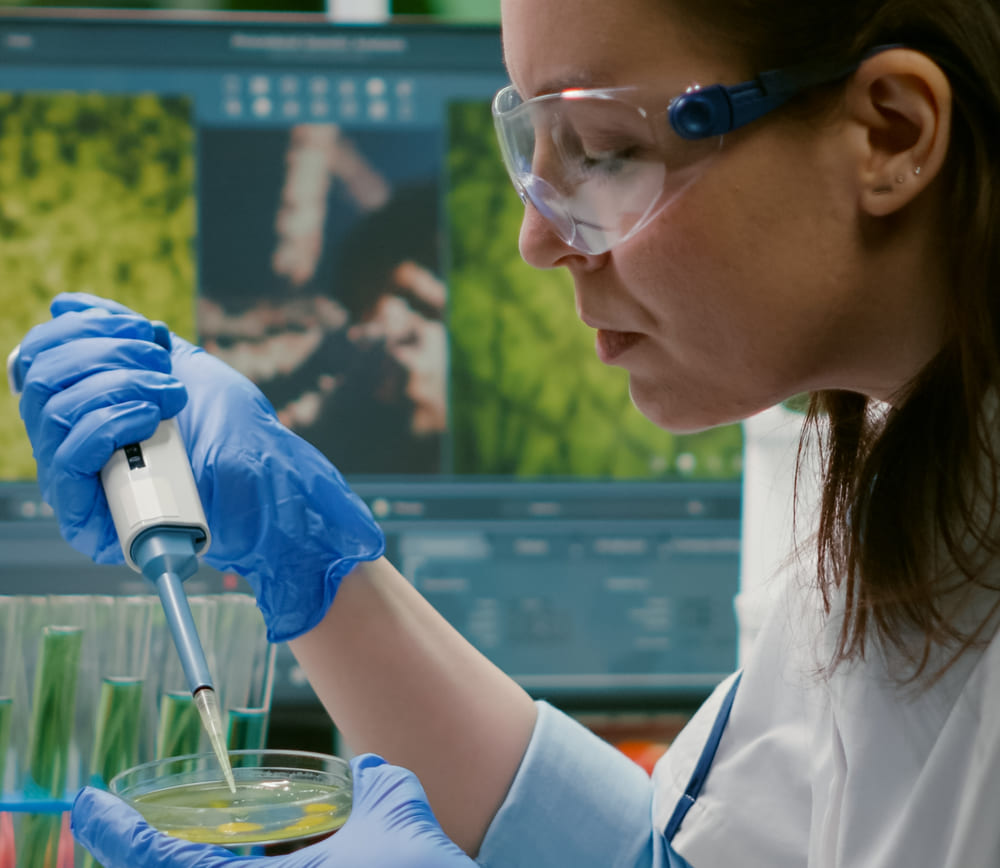
Biocompatibility and start-ups: how not to get lost in BEP, BER and TRA?
Medical devices regulation
Medical device start-ups know that, sooner or later, the issue of biocompatibility will come up. And often, this is the moment when everyone looks at each other: "What tests do we need to do again? And when?"
Biological evaluation is a central requirement of the MDR (Article 10, Annex I) and ISO 10993-1. But its logic remains opaque to many. The confusion between BEP, BER, TRA and chemical characterization is frequent... and costly.
When should a medical device's Biological Evaluation Plan (BEP) be launched?
The BEP - Biological Evaluation Plan - is the document that defines the biological evaluation strategy for a medical device.
It must be drawn up very early in the development process, as early as the design phase (design outputs), and not once the product is finished.
A well-constructed BEP :
describes materials and manufacturing processes,
identifies contact routes and durations (as per ISO 10993-1),
evaluates data already available,
plans the tests actually required.
In start-ups, it often plays a pedagogical role: it structures thinking and anticipates risky decisions.
The classic mistake is to postpone the BEP until "after testing", when it is actually used to determine which tests are relevant.
What is the TRA and how does it complement chemical characterization?
Chemical characterization (ISO 10993-18) consists in identifying the substances likely to be released by the device.
This is an analytical stage, often carried out by extracting and analyzing compounds.
Next comes TRA(Toxicological Risk Assessment):
this is a documentary and scientific assessment of the risks associated with these substances.
The toxicologist compares exposure levels with safety thresholds (PDE, TTC, NOAEL...) and determines whether a toxicological risk is present.
The major benefit :
limit unnecessary animal testing,
justify certain exemptions,
document safety in a rational way.
In other words, chemical characterization + TRA can sometimes replace biological testing, if the risks are controlled and justified.
Which biocompatibility tests are mandatory under ISO 10993?
The "classic" tests are
Cytotoxicity (ISO 10993-5)
Irritation / Sensitization (ISO 10993-10 and 10993-23)
Implantation, hemocompatibility or genotoxicity, depending on the type and duration of contact.
But beware: no test is mandatory per se.
It is the BEP that determines, on the basis of risk and contact, which tests are justified.
A manufacturer who launches all tests "as a precaution" often wastes time and money.
Authorities expect a reasoned approach: documented, consistent, and linked to the technical file.
What is the difference between BEP and BER in biological evaluation?
The BEP (plan) defines the strategy.
The BER (report) concludes the process.
The BER - Biological Evaluation Report brings together :
the results of chemical characterization and testing,
the TRA and associated justifications,
the final biosafety assessment.
It is a summary document, integrated into the technical dossier (Annexes II of the MDR).
Its role is to demonstrate that the device is safe for its intended use.
Writing a BER without a BEP is like writing the conclusion of a novel whose beginning you haven't yet read.
How to adapt the biocompatibility strategy according to the type of device?
Case 1: Skin-contact device (patch, sensor, electrode)
Simplified BEP based on transient contact.
Tests: cytotoxicity, irritation, sensitization.
Chemical characterization and light TRA.
Case 2: Long-term implantable device
Full BEP, with in-depth chemical characterization.
In-depth TRA (substance-by-substance toxicological analysis).
Additional tests: genotoxicity, implantation, hemocompatibility.
The key in both cases remains the same: don't test before you've planned.
Mini FAQ
|
Question |
Answer |
|
Is a biological test necessary for all DM? |
No. If the risks are controlled through chemical characterization and TRA, certain tests can be avoided. |
|
Can a supplier's BEP be reused? |
Only if the materials, processes and conditions of use are identical. |
|
When should the TRA be performed? |
After chemical characterization, before biological testing. |
|
What is the average duration of a biological evaluation? |
From 2 to 6 months, depending on the type of device and the tests required. |
|
What is the purpose of the BER? |
To reach a conclusion on biological safety and document the DM's conformity in the technical file. |
Anticipation saves money (and trouble)
A successful biological evaluation is not just a series of tests.
It's a well-thought-out strategy, initiated at the design stage, where each stage (BEP, chemical characterization, TRA, tests, BER) has its role to play.
Anticipation cuts costs, avoids re-testing and saves time on time-to-market.
CSDmed supports start-ups and manufacturers in structuring this ISO 10993 process, with pragmatism, pedagogy and efficiency. Let's talk about it.
Related resources